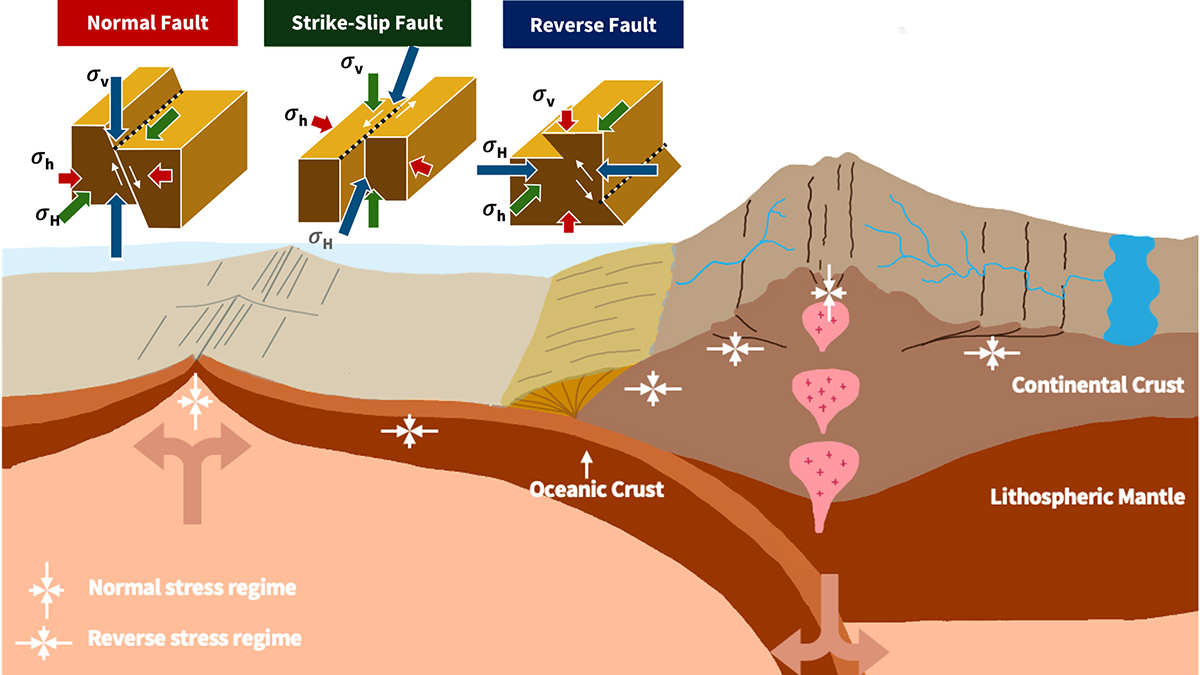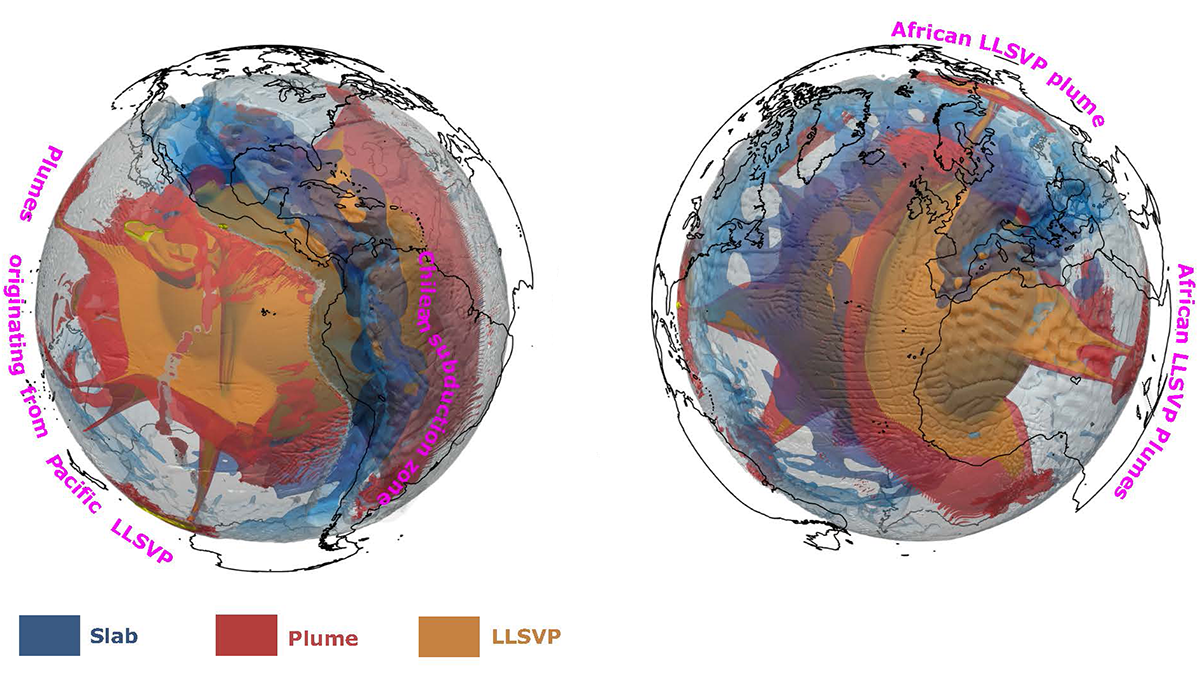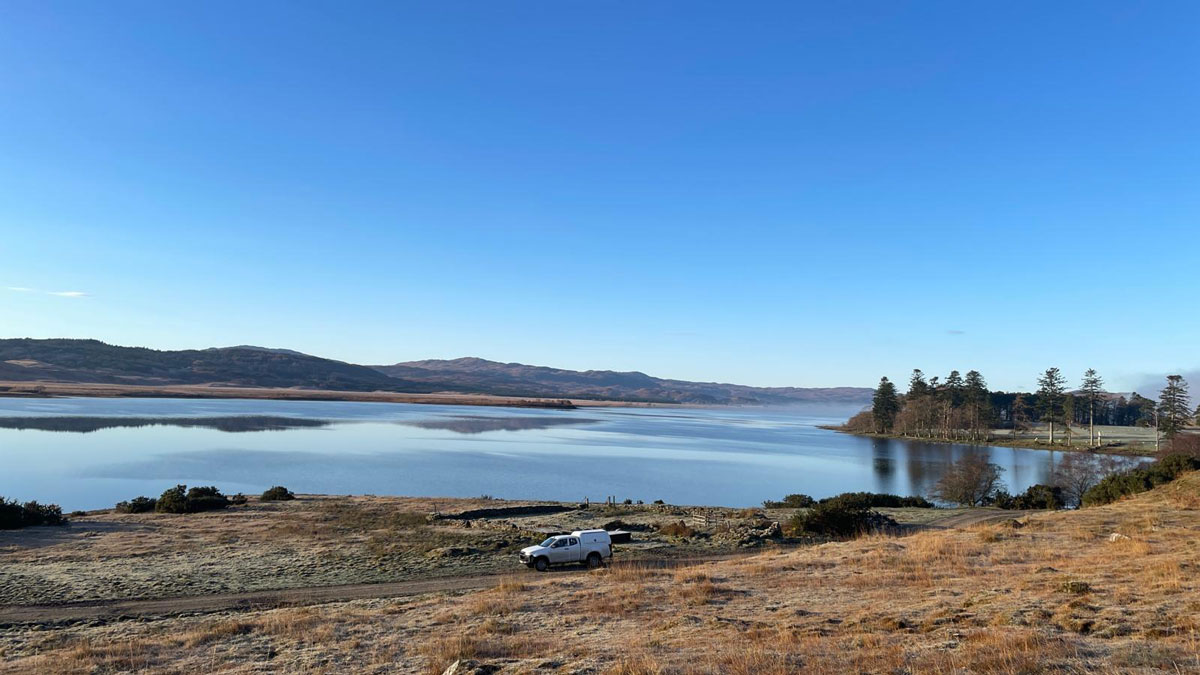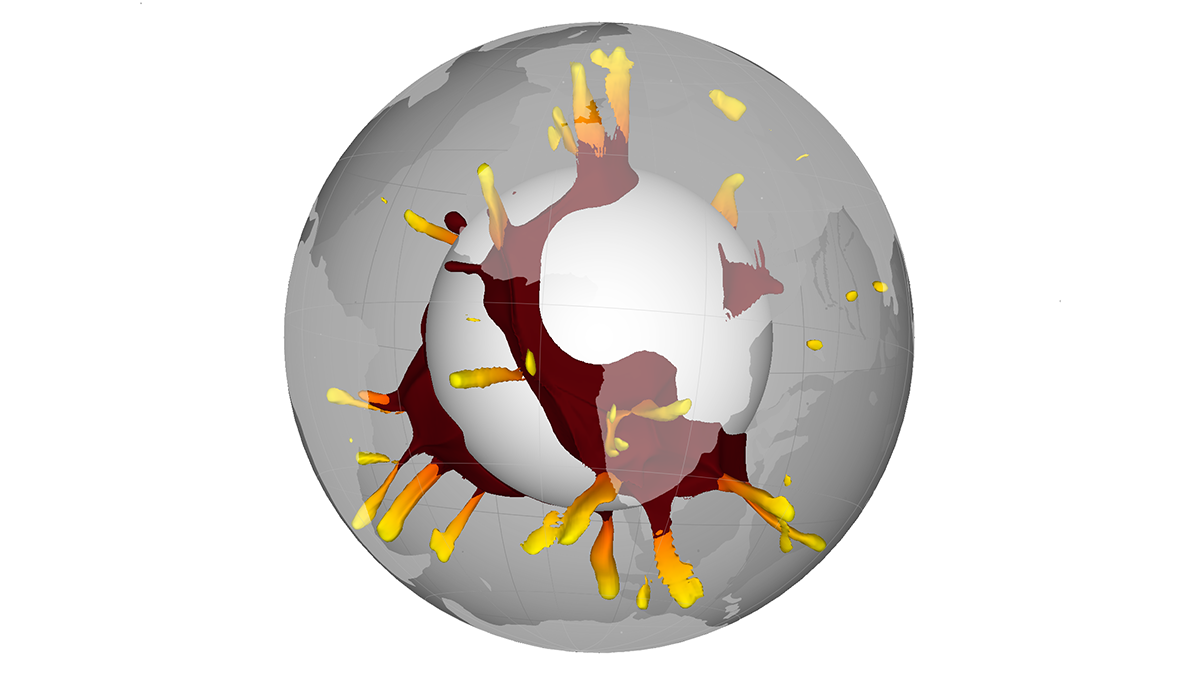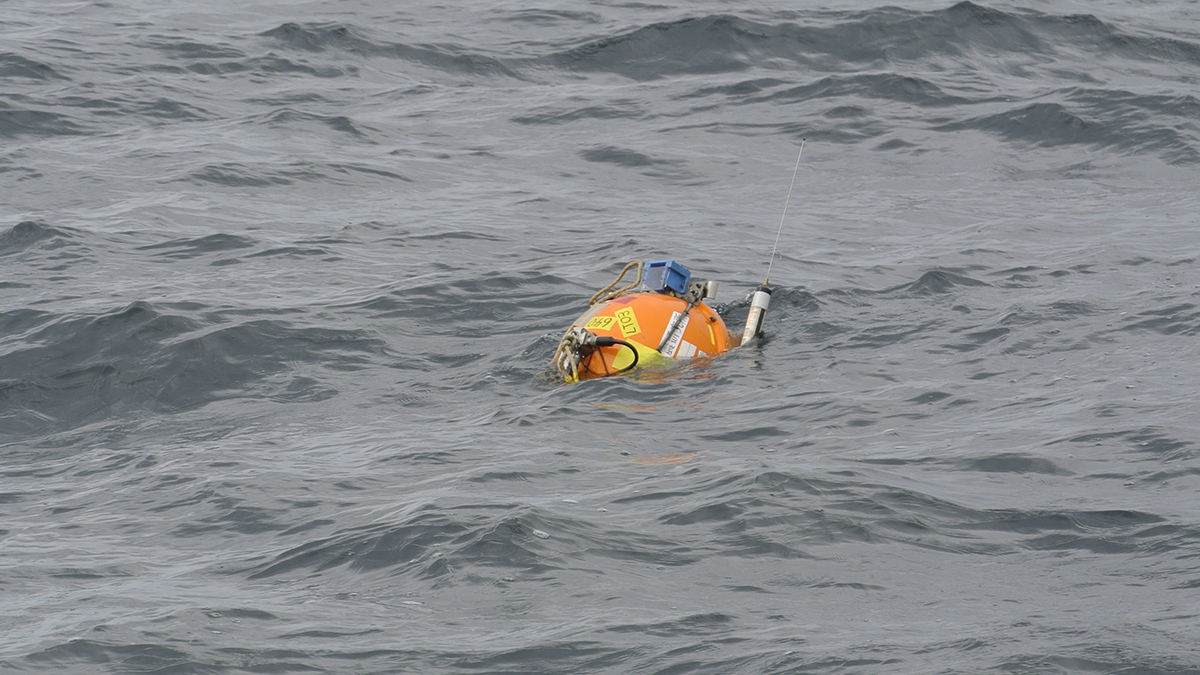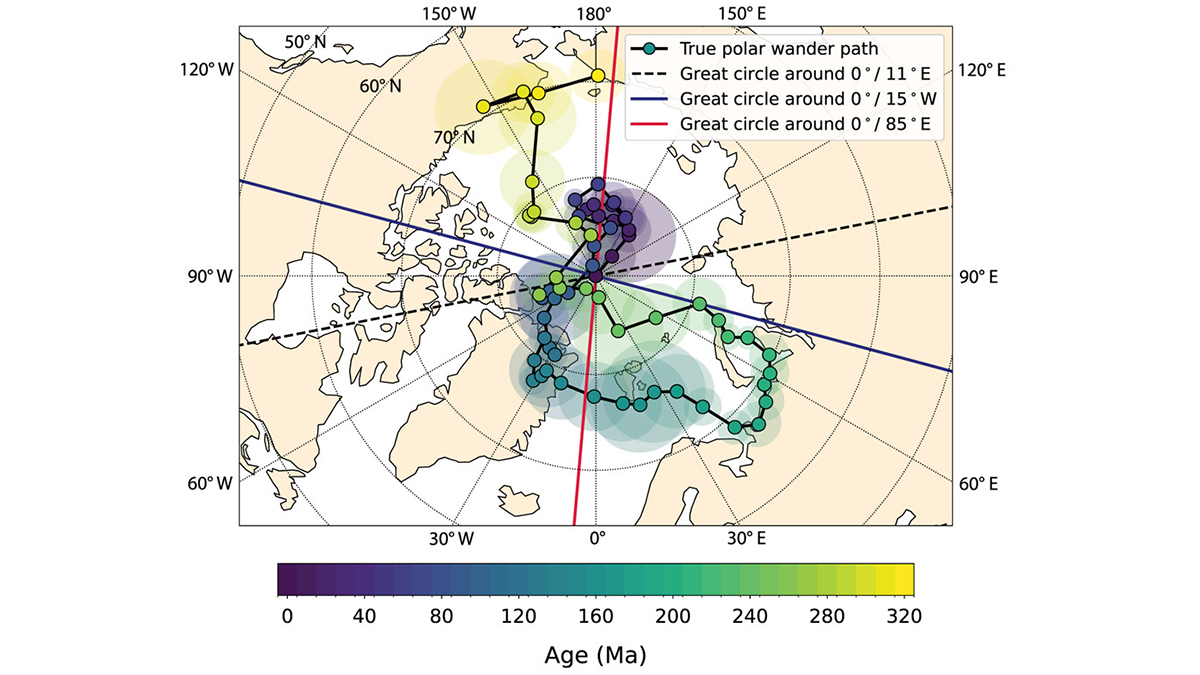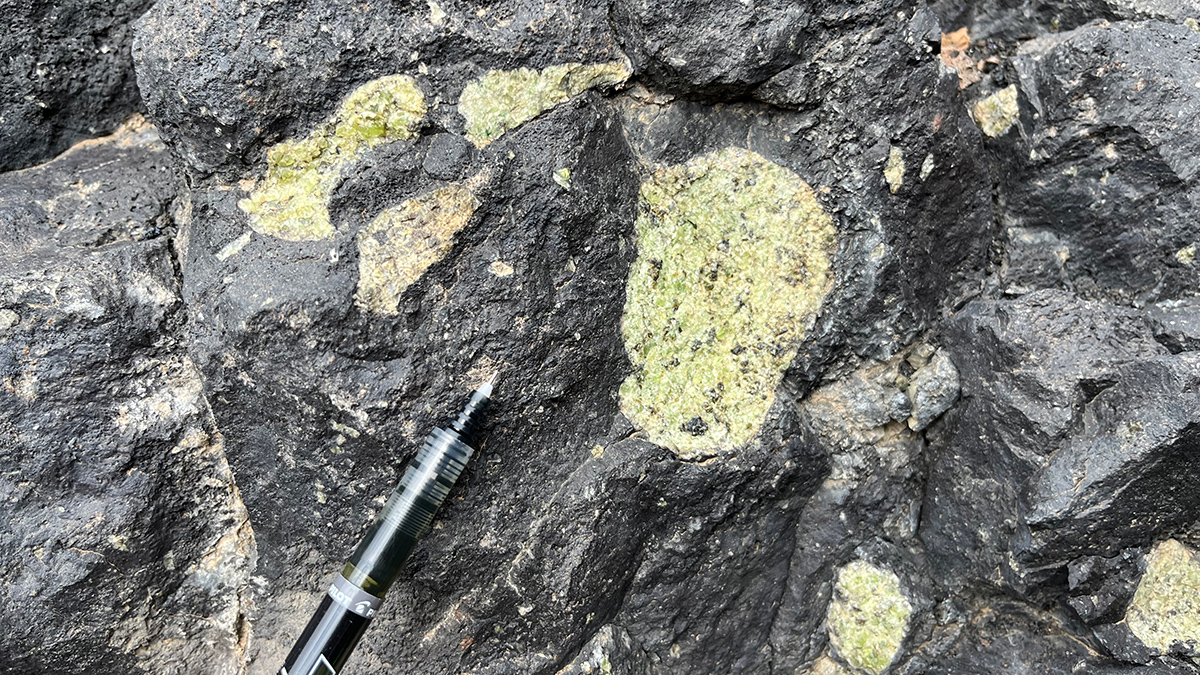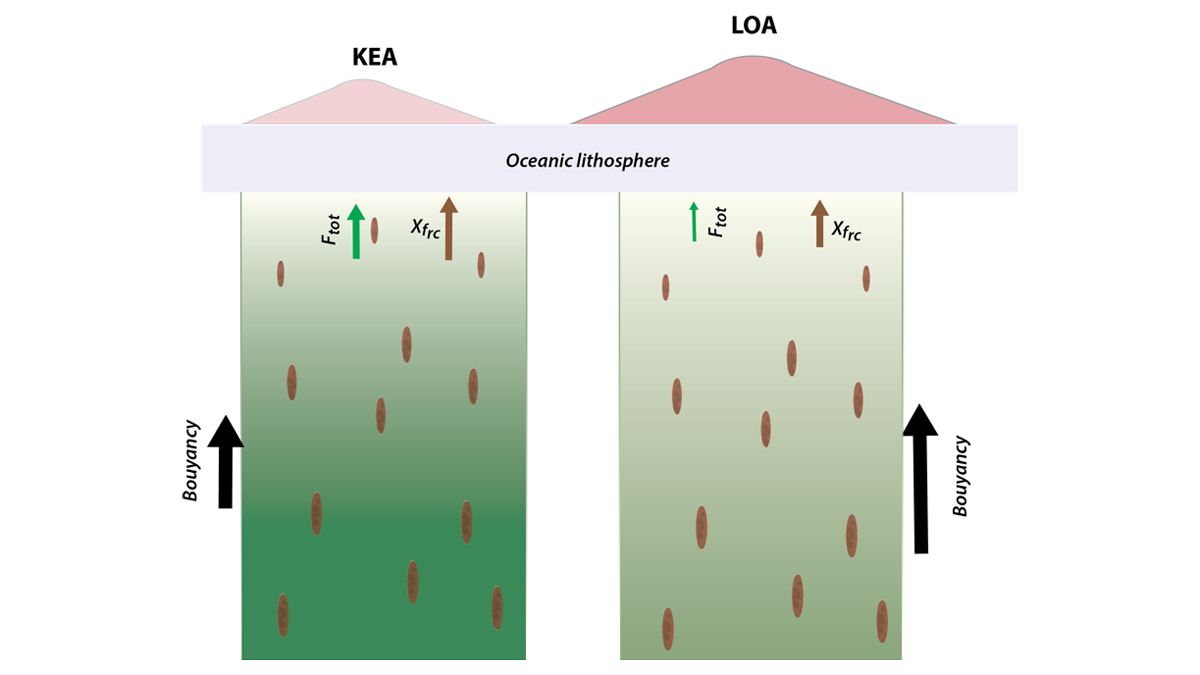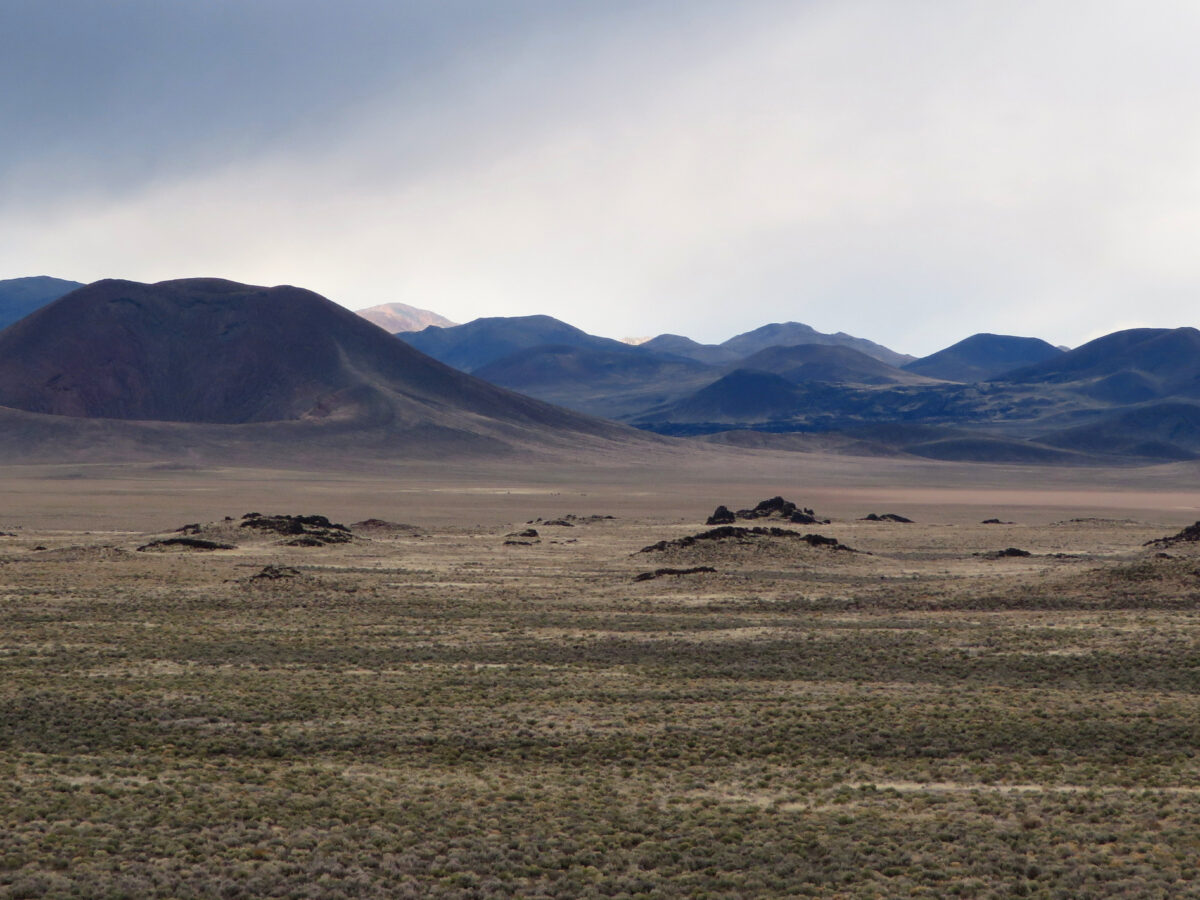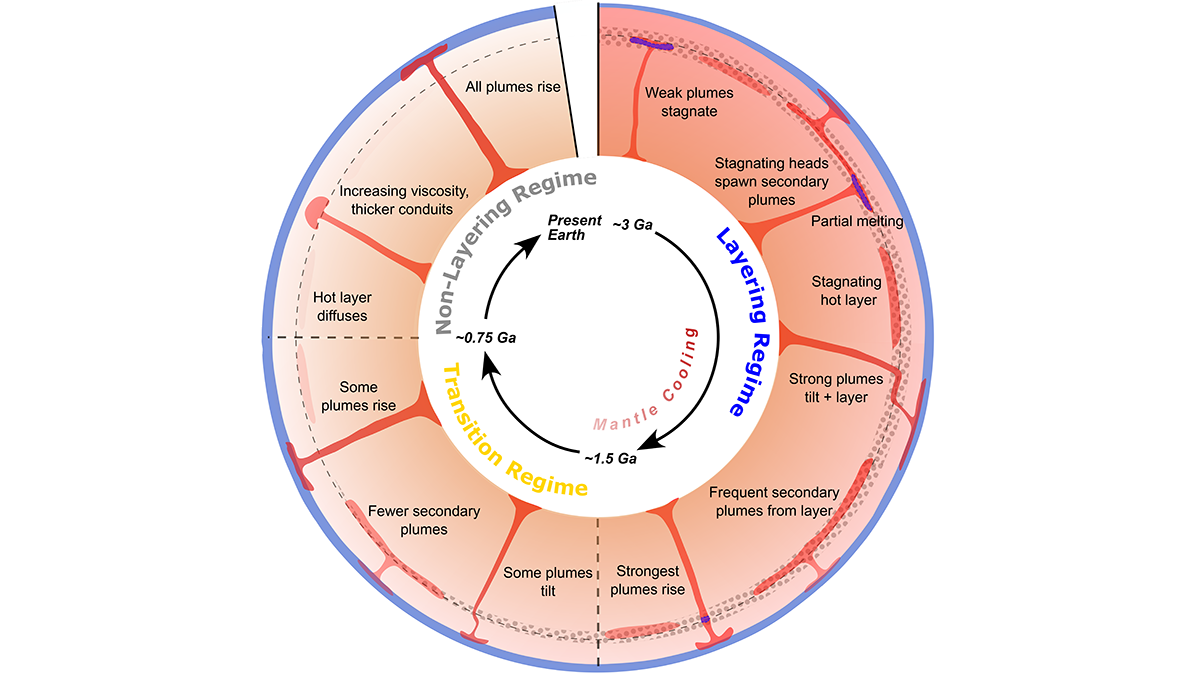The convection of the Earth’s mantle shapes its surface, carving fault networks into the lithosphere that can guide the course of rivers.
Earth's mantle
Seismic Anisotropy Reveals Deep-Mantle Dynamics
A new study offers insight into the viscous BLOBs at the base of Earth’s mantle.
New 3D Model Reveals Geophysical Structures Beneath Britain
Using magnetotelluric data to identify subsurface electrically conductive and resistive areas, scientists can identify underground features and predict how space weather may affect infrastructure.
Blame It on the BLOBs
For decades, scientists have suspected that large volcanic eruptions have their origins in two mysterious massive regions at the base of our planet’s mantle. Now, it’s been statistically proven.
Finding the Gap: Seismology Offers Slab Window Insights
Studying slow tremors has helped researchers home in on the youngest part of the Chile Triple Junction’s gap between subducting plates, which offers a window to the mantle.
300 Million Years of Polar Wander: Slowly but Surely
A reanalysis of paleomagnetic poles provides tighter bounds on the style and rate of motions of our whole planet with respect to its rotation axis.
The Deep Frontier of Mantle Magma Supply
Compared with crustal magma systems, little is known about the deep sources of volcanic supply chains. Interdisciplinary efforts can help answer key questions about how magma migrates from the mantle.
Hawai’i’s Depleted Peridotite Delivers More Magma
The source for the isotopically-enriched Hawaiian magmas contains peridotites that experienced near-surface melting prior incorporation in the plume.
Water Stored in the Mantle for Millions of Years May Be Linked to Continental Volcanism
New research shows that intraplate volcanism is more likely to occur over areas of the mantle that are more hydrated—particularly those that have been hydrated for a long, long time.
Modeling Mantle Dynamics as the Earth Slowly Cools
An update of the convection code ASPECT enables full coupling of plume dynamics with buoyancy effects of transition zone phase relations, showing how early layering gave way to whole-mantle plumes.

